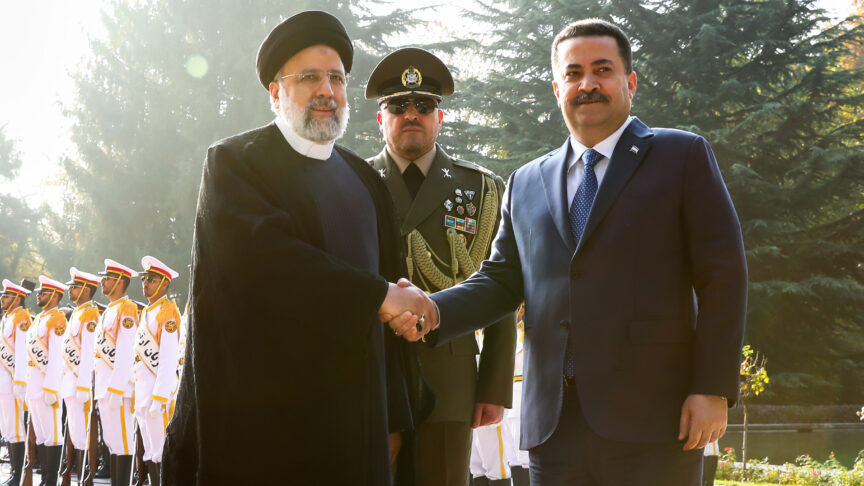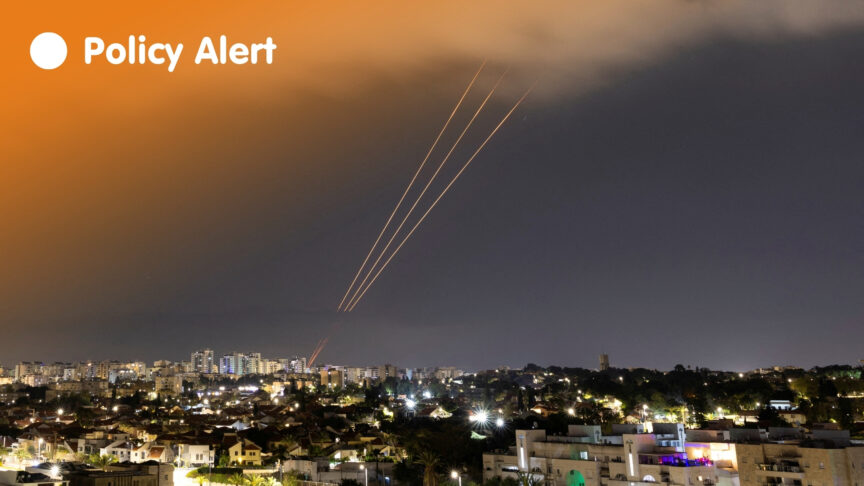The Kuwait talks: Yemen’s last chance for peace?
There must be a clear, coherent, and mutually agreed upon roadmap for dealing with the country’s varied issues, including blueprints for the federal system and, all importantly, the holding of parliamentary and presidential elections.
On 18 April, the third UN-brokered attempt to resolve Yemen’s ongoing crisis began in Kuwait. Despite differing views on when the conflict began, its disastrous effects have been clear. Yemen, already impoverished and underdeveloped, has been pushed to the brink of famine and financial insolvency. The country’s societal fissures — already under significant strain from years, or perhaps more accurately decades of internal tension — have seen the country torn asunder by sectarian and regional tensions. Government institutions that have been under pressure for many years have either weakened further or disappeared into the metaphorical ether. Thousands of Yemeni civilians have been killed by airstrikes and fighting on the ground.
At the time of writing the Kuwait talks are ongoing, already rendering them the longest lasting and most successful of the UN’s attempts to broker a peace agreement in Yemen. The first talks, held in Geneva last June, collapsed almost instantaneously, without either side even meeting face to face. The second, held in the town of Biel, fell apart as a military offensive by Saudi-backed anti-Houthi forces broke the hastily implemented ceasefire, giving them rapid gains in the border province of al-Jawf and to the east of the capital, Sanaa.
Nonetheless, the current talks have been marred by discord between the two negotiating teams and, as of writing, have yet to lead to any concrete results. It is important to stress, however, that it is early days and that the bar could not be set lower. However, it is difficult to imagine that the current talks could lead to a comprehensive resolution of Yemen’s myriad problems.
This is not, of course, to belittle the significant efforts made by regional and international diplomats who are currently more in sync on Yemen than ever before. Nor is it to dismiss the real progress made in bolstering a fragile, if incomplete, ceasefire — including the crucial formation of ceasefire monitoring mechanisms. Indeed, tentative steps forward have already been made in the talks, including the formation of specific sub-committees focused on the key issues of restoring state authority, reviving the political process, and releasing political detainees. In addition to this, a tentative UN-backed roadmap for resolving the crisis has been drafted.
It is worth stressing that these events follow months of small steps in the right direction. Prisoner swaps between the Houthis and Saudi Arabia have become common. And, most notably, the Yemeni-Saudi border, which was until recently one of the hottest fronts in the Yemen war’s conflict, is now almost entirely calm following a border ceasefire between the Houthis and Saudi Arabia. What’s more, Houthi leaders have increasingly moderated their bellicose rhetoric against the Kingdom.
Key Houthi figure Mohamed Abdulsalem — the group’s official spokesperson and the head of their delegation to the talks — has been on a charm offensive in Saudi and Gulf media, delivering front-page interviews to a number of prominent newspapers. The twin delegations representing the Houthis and the backers of their “adversary turned ally of convenience”, former president Ali Abdullah Saleh — received a literal red carpet reception upon arrival in Kuwait. Since then, the personal efforts of Kuwaiti and Gulf Cooperation Council (GCC) officials — including Kuwaiti Emir Sheikh Sabah al-Ahmed al-Sabah and GCC Secretary General Abdullateef al-Zayani — have underlined the extent to which regional actors are committed to bolstering the peace process. Notably, the Saudi-led coalition spokesman, Ahmed al-Asiri, has publically acknowledged that the Kuwait talks were preceded by discussions with the Houthis regarding security matters.
But this demonstration of political will is not to say that the conflict will be easily solved, or, for that matter, that the Yemen conflict can be resolved on a bilateral basis. Such reductive framings of a conflict with a complex web of stakeholders — whether coming from those simply pitting Yemen against Saudi interference, or the “legitimate government” and its unified backers against putschists, are in many cases deliberate attempts to misconstrue the ultimate roots of the conflict in order to serve a political purpose. The “conflict” in Yemen did not begin with the Saudi’s launch of Decisive Storm, nor did it start with the Houthis takeover of Sanaa, nor did it even start with the country’s 2011 Arab Spring-inspired uprising. The conflict(s) in Yemen, tragic as they may be, are ultimately the result of decades of underdevelopment and poor governance, the latest example of which is the corrupt and ineffective post-2011 order.
It would be foolish to continue to ignore Yemen’s regional actors and the localised nature of the varied conflicts. From the resistance fighters in Taiz and al-Bayda to the secessionists in the south, to the lingering discontent in tribal areas like al-Jawf and Marib, such localised issues and interests must be addressed. That being said, it remains deeply unreasonable to expect the current talks — at least in the current moment — to resolve with this slew of issues. Ultimately, the concerns of local actors cannot be solved until the conflict ravaging the central state is solved. After all, one cannot begin talks on local governance, federalism or decentralised power while the power struggle for control of the central government and state institutions remains unresolved. However, resolving the conflict over state power will be nearly impossible to accomplish as long as the institutions that represent the bedrock of the state remain divided and officials ostensibly tasked with running the country remain in exile.
So what must happen for the latest round of talks to constitute a success? There must be a resolution to the ongoing political crisis, detainees must be released, a plan for the implementation of a demobilisation process must be put in place for armed groups, heavy weapons must be returned to state authorities, and state authority should be restored to the capital. There must also be a clear, coherent, and mutually agreed upon roadmap for dealing with the country’s varied issues, including blueprints for the federal system, the incorporation of the concerns of localised concerns regarding the governing structure and, all importantly, the holding of parliamentary and presidential elections.
Achieving all of the above is a big ask, and such a process will not only require time, but will be fraught with danger as the sides still remain very much at odds. The position of government officials has become entrenched by their international recognition as Yemen’s legitimate government and their hardline interpretation of UN Resolution of 2216, while the rival camp remains emboldened by their continued grip on Sanaa and the government’s inability to regain the territory. Simultaneously, to quote Yemeni writer Boshra al-Maqtari, “the war has — in the opinions of some — become a party or an open banquet.” From officials who’ve risen to high positions due to partisan loyalty rather than qualifications, to the newly minted “activists” and “political analysts” who’ve been dispatched to tow the party line on satellite TV channels, to the arms dealers and smugglers who’ve grown rich off of the war economy, there are more than a few Yemeni figures who will be quite eager to forestall any progress towards the de-escalation of the conflict. This is not to underestimate the sheer difficulty of maintaining a ceasefire in a complicated conflict when all parties are acting in good faith — particularly considering that many anti-Houthi militias operate relatively independently despite their nominal loyalty to the internationally recognised government. This only underlines the need for coordinated international pressure on both sides to comply with de-escalation steps.
In many regards, the current process represents the last and best chance for preventing Yemen from sliding into the abyss. While recent actions by Emirati-backed forces in the south have led to gains in the battle against Al Qaeda, the fact remains that such actions are mere bandages on the wound so long as the larger conflict — and the accompanied hollowing, if not collapse, of the Yemeni state — rages on. As Yemen’s economy, state institutions and social fabric continue to unravel, the country continues to march towards a point of no return. It may be overly optimistic to say that such a point has not already arrived.
It is crucial to stress that there will be no neat end to the war; even if the key representatives of the warring factions are able to agree on a deal. Regardless of attempts to build peace conflict appears inevitable in many parts of Yemen for the forseeable future. Still, the chance to move things forward and achieve de-escalation remains— if just barely — within reach.
The European Council on Foreign Relations does not take collective positions. ECFR publications only represent the views of their individual authors.


